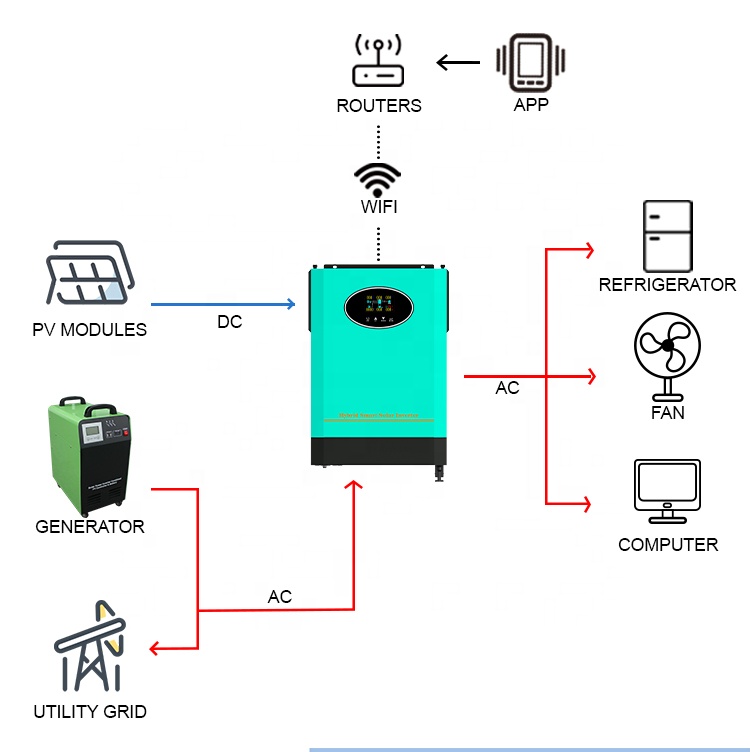[High-tech LED News] In recent years, OLED lighting has a good performance in color rendering and belongs to surface illuminating. It not only presents natural soft light, but also has considerable space for design and design, and has become the focus of future development of advanced countries.
The European Union proposed the OLED 100.eu program with the goal of achieving OLED lighting efficiency of 100 lm/W in September 2011, a life of 100,000 hours, an area of ​​100 × 100 square centimeters and a cost per square meter of less than 100 euros, but due to technology The development is not as good as expected, and the luminous efficiency target has been revised from 100 lm/W to over 60 lm/W. The plan is divided into 6 countries in Europe, involving a total of 14 companies or research units.
During the third phase of the Science and Technology Basic Plan from 2006 to 2010, Japan carried out three major OLED lighting projects. In 2010, the luminous efficiency of Japanese OLED lighting trials reached 20 lm/W. Japan pays special attention to the application surface when developing OLED lighting, and believes that the early luminous efficiency is not high, but it can be used in applications such as automotive dashboards or entertainment lighting that require less brightness.
South Korea is actively developing OLED lighting. Its leading units in OLED lighting research and development include Korea Production Technology Research Institute, Korea Electronics and Telecommunications Research Institute and Korea Panel Industry Association. The cooperation units include SMD, LG Chem, and Kumho Electronics. The planned time is 7 years, led by the Korea Institute of Production Technology, and started in 2006. It is expected to achieve the goal of 100 lm/W luminous efficiency in 2012.
The European Union proposed the OLED 100.eu program with the goal of achieving OLED lighting efficiency of 100 lm/W in September 2011, a life of 100,000 hours, an area of ​​100 × 100 square centimeters and a cost per square meter of less than 100 euros, but due to technology The development is not as good as expected, and the luminous efficiency target has been revised from 100 lm/W to over 60 lm/W. The plan is divided into 6 countries in Europe, involving a total of 14 companies or research units.
During the third phase of the Science and Technology Basic Plan from 2006 to 2010, Japan carried out three major OLED lighting projects. In 2010, the luminous efficiency of Japanese OLED lighting trials reached 20 lm/W. Japan pays special attention to the application surface when developing OLED lighting, and believes that the early luminous efficiency is not high, but it can be used in applications such as automotive dashboards or entertainment lighting that require less brightness.
South Korea is actively developing OLED lighting. Its leading units in OLED lighting research and development include Korea Production Technology Research Institute, Korea Electronics and Telecommunications Research Institute and Korea Panel Industry Association. The cooperation units include SMD, LG Chem, and Kumho Electronics. The planned time is 7 years, led by the Korea Institute of Production Technology, and started in 2006. It is expected to achieve the goal of 100 lm/W luminous efficiency in 2012.

Whaylan On/Off Grid Solar Inverter
Pure sine wave output
The electrical waveform output of PH1800 is pure sine wave, which has the same quality as practical power supply or household power supply. This waveform is suitable for most electrical equipment, appliances and tools. This pure sine wave unit provides more functions than an improved sine wave inverter because it has a cleaner form of power. Pure sine wave can also reduce the noise generated when applying electrical appliances to a limited extent.

On/Off Grid Solar Inverter,Hybrid Inverter With Mppt Charge,pure sine wave solar inverter
suzhou whaylan new energy technology co., ltd , https://www.whaylan.com